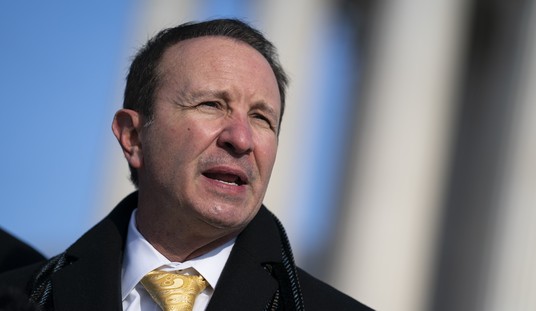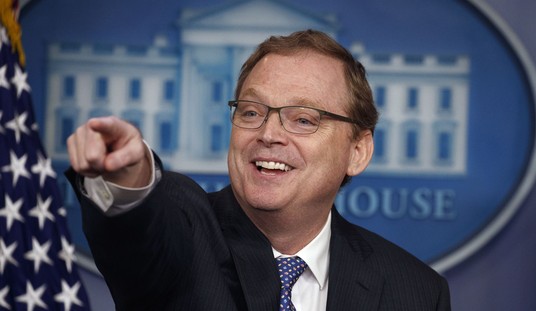The much-anticipated Ryan budget for FY 2013, which also contains a blueprint for the next ten years, has been released. The headline figures of the proposal include the following factoids: it will spend $5.3 trillion less than Obama’s plan and cut $2 trillion more in taxes over the next ten years; it will spend $4.15 less than CBO baseline; spending will be reduced from 24% of GDP to 19.8% and the debt held by the public will decline from73.2% of GDP to 62.3%.
The lion’s share of the savings come from welfare and other mandatory spending reforms ($1.9 trillion), block granting Medicaid to the states ($810 billion), and repealing Obamacare ($1.6 trillion). There are also $33 billion in much-needed cuts to farm subsidies (some Republicans are already grumbling about that).
While the budget calls for just $350 billion in discretionary cuts relative to Obama’s budget and only $200 billion relative to CBO’s pre-sequester baseline, Ryan embraces more cuts through the sequester. He calls for a reconciliation act to parry the sequester cuts away from defense on onto the other undesirable branches of government. The motion would instruct 6 committees to find $261 billion in non-security discretionary cuts to offset the first few years of the sequester. Over 10 years, the sequester will cut $548 billion from defense (on top of the $500 billion already cut). The full impact of the sequester on defense spending will have to be addressed in future budgets.
This budget represents a good start and a path forward in the goal towards a balanced budget. However, the budget resolution in itself will never lead to a balanced budget any time within the next ten years. In fact, it would not balance until around 2040. Under Ryan’s plan, spending would still increase by about 3% a year after 2015. Here are some of the areas to improve upon for future budget proposals, such as the RSC budget:
- Medicare: This is the 800-pound gorilla. Once again, defers the transition to premium support until after the 10-year budget frame. This is too late to achieve real savings and balance the budget in a reasonable amount of time. Also, I would have preferred that he stick to the original premium support plan that fully eliminates the government run-option, instead of the Ryan-Wyden plan which retains the traditional fee-for-service system as an option within premium support.
- Social Security: Ryan left off Social Security reform from the ‘to do’ list of entitlement reform, as he did last year. It’s certainly tough to tackle both SS and Medicare, but we will be forced to reform both programs if we even desire something close to a balanced budget. Any conservative reform would include at least a partial privatization option, along with a reduction in the growth of benefits for those opting to stay in the current system.
- Medicaid: Spending for Medicaid is out of control. The Ryan proposal rightfully block grants funding to states, but it allows increases in spending for population growth. The RSC put out a similar proposal that freezes spending at current levels. That level is high enough for the next ten years and would save an additional $1 trillion.
- Discretionary Spending: Let’s face it, Republicans: you can’t wiggle out of this. If we are serious about balancing the budget, even within the next 10-15 years, we will have to eliminate entire departments. As the Rand Paul budget shows, we will need to target departments like commerce, HUD, energy, and education. At some point, we will have to move on from “efficiencies” and “consolidation” to elimination and repeal when it comes to programs and agencies.
The bottom line is that, relative to the alternative of inaction, this is a very good budget blueprint. But here’s the problem. All the squishy Republicans will jump all over themselves to voice support for fiscal responsibility and highlight their vote for the budget. To that end, Republicans will unite for the next few months during the appropriations process, as they draft the individual spending bills that reflect the policies and the spending levels established in the Ryan budget resolution. However, what are they going to do when the summer winds down and the October 1 deadline approaches? Will they fight for any of the transformational components of the budget in the face of obdurate opposition from Senate Democrats? If last year is any indication of future results, there will only be 65-100 Republicans who will stand by the Ryan budget.
The critical vote will take place in September. For most members, the vote next week on the Ryan budget is a dog and pony show.
Cross-posted from The Madison Project













Join the conversation as a VIP Member